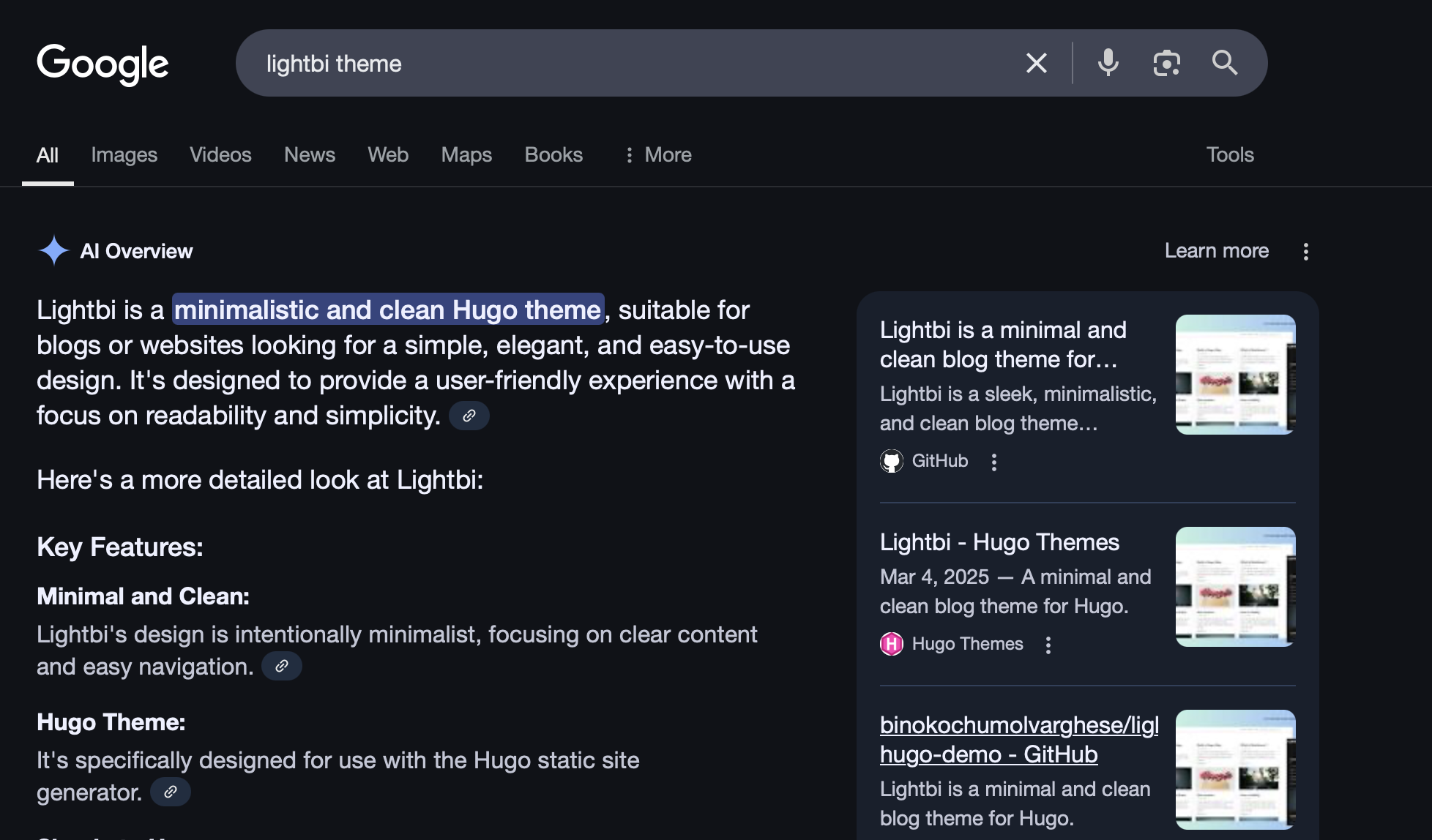SELECT *
FROM TABLE1
WHERE ID NOT IN (
SELECT ID
FROM TABLE2
)
When I ran the above query I know the condition will give me the results, because the data exists in the TABLE1 which is not in TABLE2. But I didn’t go any results. I got surprised. After I a while I found out the issue.
So the reason is that ID column in the TABLE2 have null values. If any value of ID in the subquery is NULL, then the entire NOT IN clause fails to match anything. This is standard SQL behavior because NULL makes the whole comparison unknown.
Solution:
- You can use
NOT NULLcondition in the sub-query as below:
SELECT *
FROM TABLE1
WHERE ID NOT IN (
SELECT ID
FROM TABLE2
WHERE ID IS NOT NULL
)
- Use
NOT EXISTS:
SELECT *
FROM TABLE1 T1
WHERE NOT EXISTS (
SELECT 1
FROM TABLE2 T2
WHERE T1.ID = T2.ID
)
The NOT EXISTS will automatically handle null values and safer to use.

